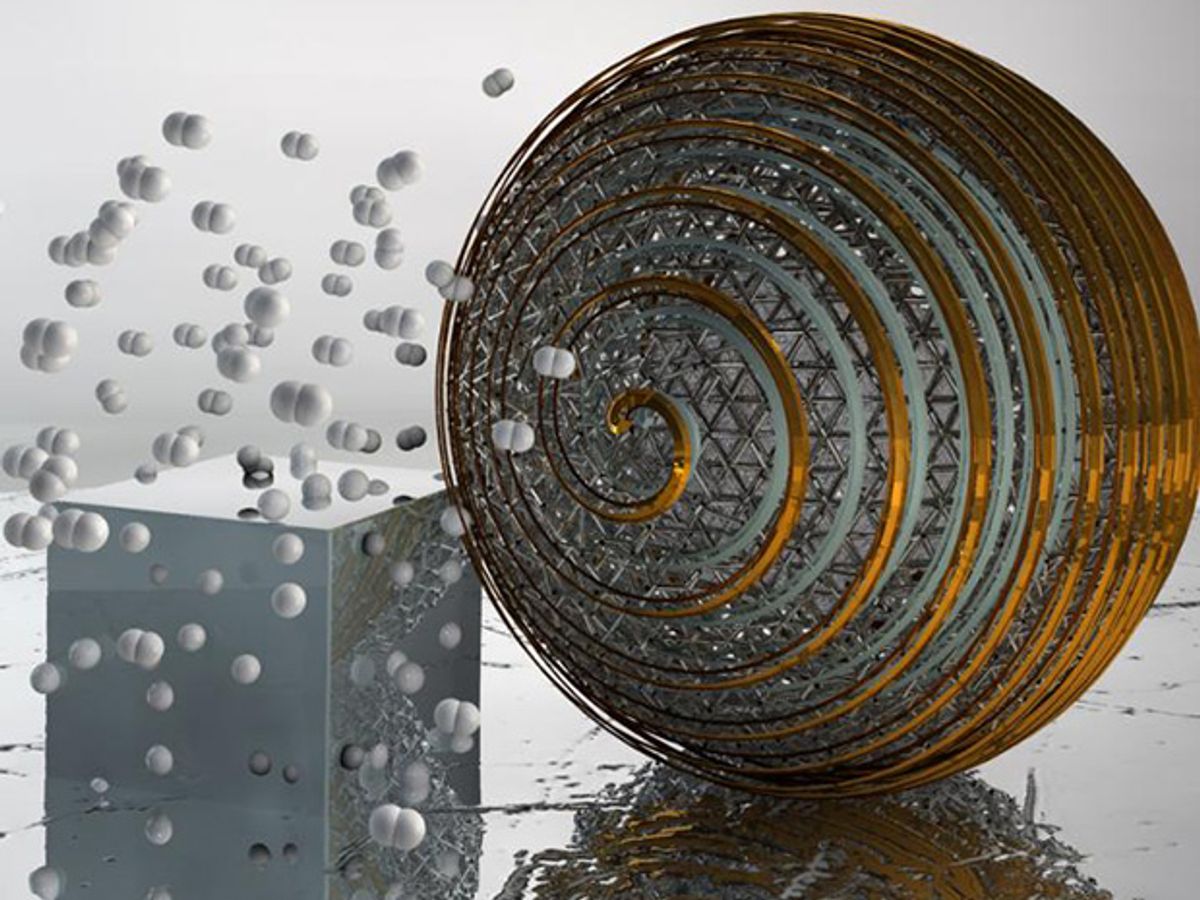Imagine you could single out individuals in a large group and see what each was doing instead of observing a large number of them all grouped together. You could detect how each is distinct within the group.
This is essentially what researchers at Chalmers University in Sweden have been able to achieve with a new microscopy technique that is capable of looking at a single nanoparticle rather than just a mass of them all clumped together.
“We were able to show that you gain deeper insights into the physics of how nanomaterials interact with molecules in their environment by looking at the individual nanoparticle as opposed to looking at many of them at the same time, which is what is usually done,” said Associate Professor Christoph Langhammer, who led the project, in a press release.
In their findings, published in the journal Nature Materials, the researchers leveraged an imaging technique known as plasmonic nanospectroscopy, which involves exploiting the oscillations in the density of electrons that are generated when photons hit a metal surface.
The researchers applied the experimental spectroscopy technique to examine hydrogen absorption in single palladium nanoparticles. The observations were surprising. They discovered that despite various nanoparticles having the same size and shape, they would absorb hydrogen at pressures as different as 40 millibars.
In real world applications, this observation could help lead to more sensitive hydrogen sensors for detecting leaks in fuel-cell-powered vehicles.
“One main challenge when working on hydrogen sensors is to design materials whose response to hydrogen is as linear and reversible as possible. In that way, the gained fundamental understanding of the reasons underlying the differences between seemingly identical individual particles and how this makes the response irreversible in a certain hydrogen concentration range can be helpful,” added Langhammer in the release.
While others have been able to image single nanoparticles previously, those efforts came at a rather high cost of heating the nanoparticles up, or impacting them in some other way that eliminates the ability to observe them accurately.
“When studying individual nanoparticles you have to send some kind of probe to ask the particle ‘what are you doing?’,” said Langhammer. “This usually means focusing a beam of high-energy electrons or photons or a mechanical probe onto a very tiny volume. You then quickly get very high energy densities, which might perturb the process you want to look at.”
Not only is this effect is minimized in their new approach, according to Langhammer, but it is also compatible with ambient conditions, so that it is possible to study nanoparticles one at a time in their actual environments. This ability to observe nanoparticles outside the lab could prove to be a key development for studies on the impact of nanoparticles in the environment.
Dexter Johnson is a contributing editor at IEEE Spectrum, with a focus on nanotechnology.



